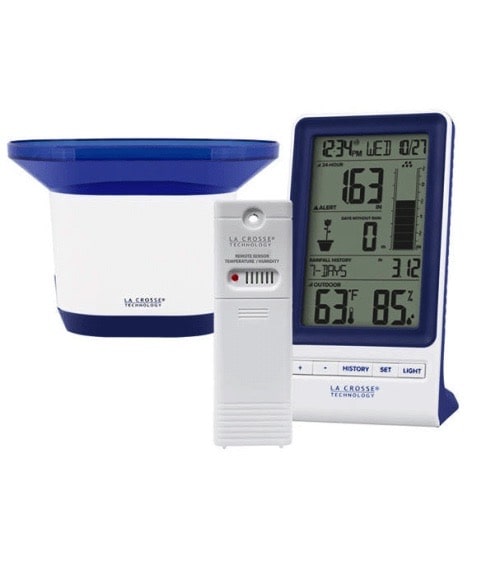
Do you know what a rain gauge is and how it works? Chances are you might have no idea what a rain gauge is all about in the first place. This article will serve as an overview of this useful tool.
Did you know that the rain gauge is one of the oldest tools used by meteorologists? That’s right! Its relevance and usage date back to as early as the 4th century BC. Despite that, it’s still the most important tool scientists use today. So, if you’re wondering what this scientific instrument is all about, this article will provide a comprehensive overview of what it is and how it works.
What is Precipitation?
Precipitation is any form of water that falls from the atmosphere to the earth’s surface. This can include rain, sleet, snow, or hail. What we call rainfall is the amount of precipitation that falls during a given period. For example, if we measure 1 inch of rain in 24 hours, we would say that the rainfall for that day was 1 inch.
What is a Rain Gauge?
A rain gauge is an instrument used to measure the amount of rainfall. It collects the rainwater in a graduated cylinder, which is then used to measure the amount of rainfall. The most common type of rain gauge is the tipping bucket rain gauge. Buy the best rain gauges at www.instrumentchoice.com.au/instrument-choice/weather-stations/rain-gauges.
With a rain gauge, meteorologists can track trends in rainfall over time. This is important because it helps us to understand how precipitation patterns are changing and what impact that has on our environment. For example, if we see a decrease in rainfall over some time, that could be an indication that there is a drought occurring.
Different Types of Rain Gauges
There are three (3) main types of rain gauges: standard gauge, tipping bucket, and weighing gauge.
Standard Gauge
The standard gauge is the most common rain gauge; a graduated cylinder is used to collect rainfall. It is then measured by looking at the amount of water that has been collected in the cylinder.
Tipping Bucket Rain Gauge
The tipping bucket rain gauge is the most accurate type of rain gauge. It works by collecting the rainfall in a bucket that is connected to a lever. As the rainfall accumulates in the bucket, it tips over and empties itself. This action is recorded by a sensor, which then produces a signal to calculate the amount of rainfall.
Weighing Gauge
The weighing gauge is the most sensitive type of rain gauge. It works by collecting the rainfall in a bucket connected to a weighing scale. As the rainfall accumulates, it increases the weight of the bucket, which is then recorded by the weighing scale.
How Do Rain Gauges Work?
Rain gauges collect the rainwater in a graduated cylinder, which is then used to measure the amount of rainfall. The most common type of rain gauge is the tipping bucket rain gauge.
With a rain gauge, meteorologists can track trends in rainfall over time. This is important because it helps us to understand how precipitation patterns are changing and what impact that has on our environment. For example, if we see a decrease in rainfall over some time, that could be an indication that there is a drought occurring.
Now that you know all about rain gauges buy one for yourself! They make great gifts for the weather enthusiast in your life. For the best rain gauges, check out www.instrumentchoice.com.au/instrument-choice/weather-stations/rain-gauges.